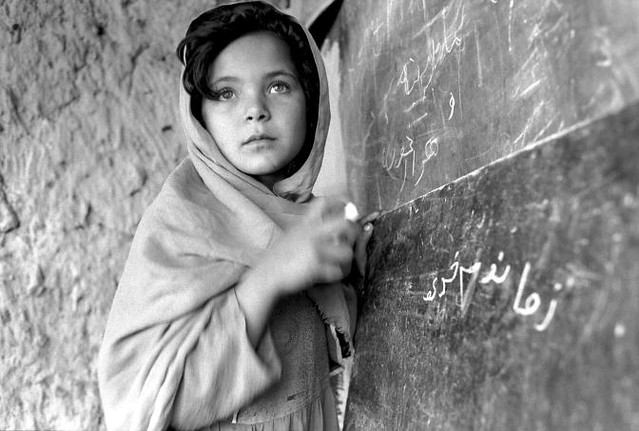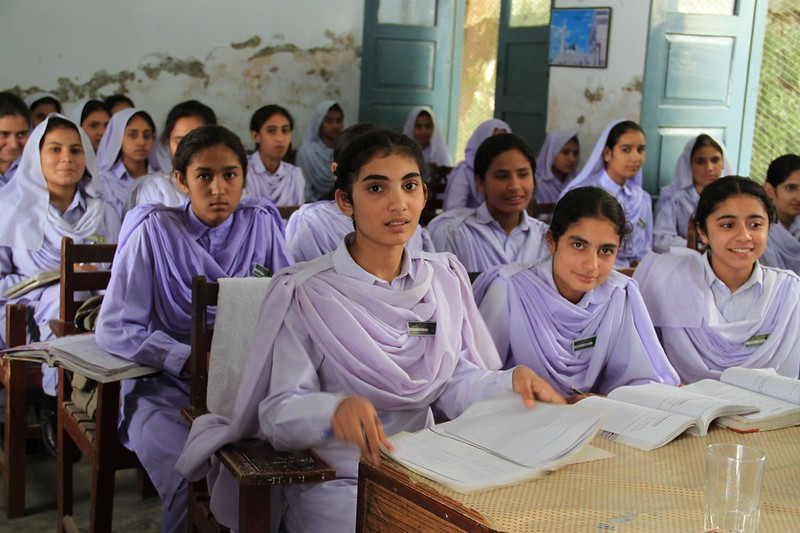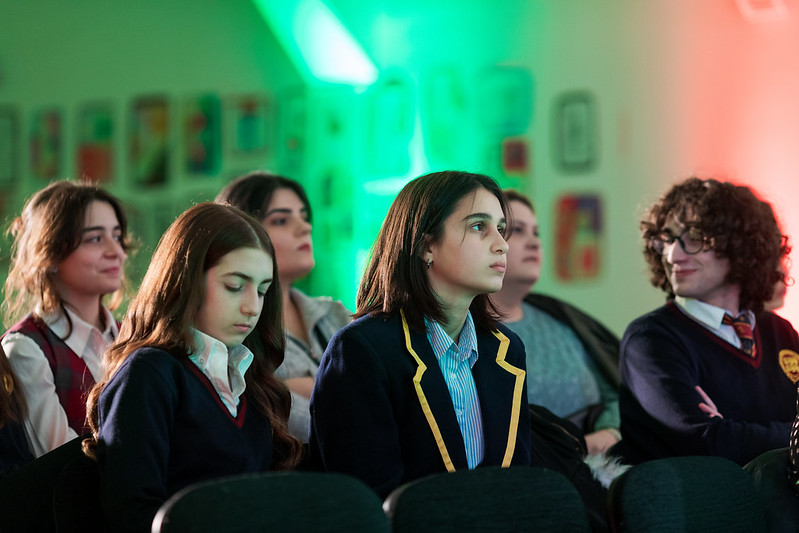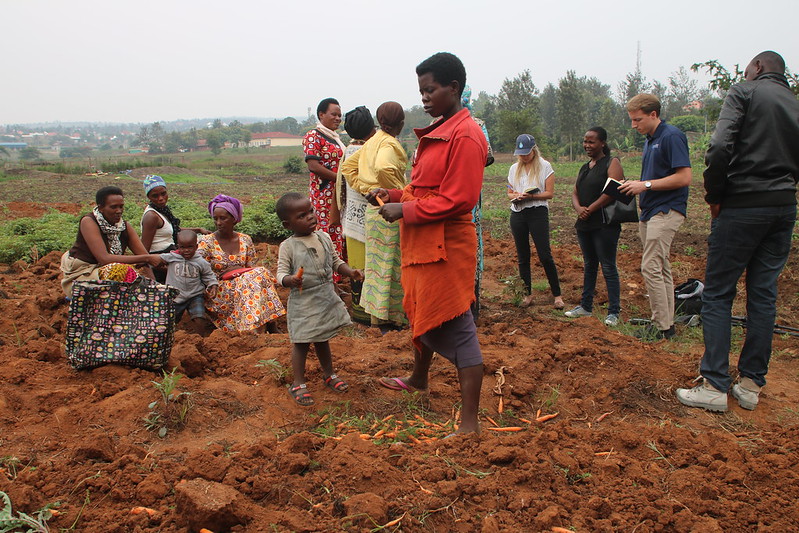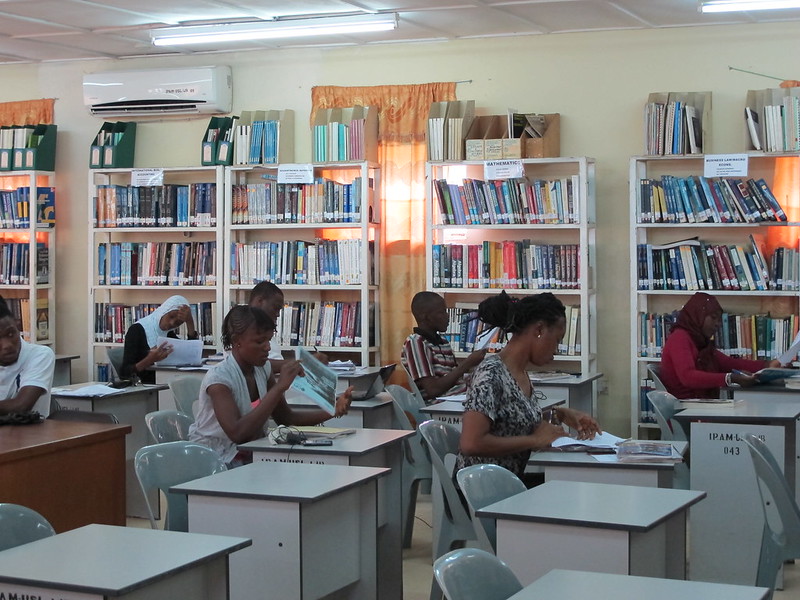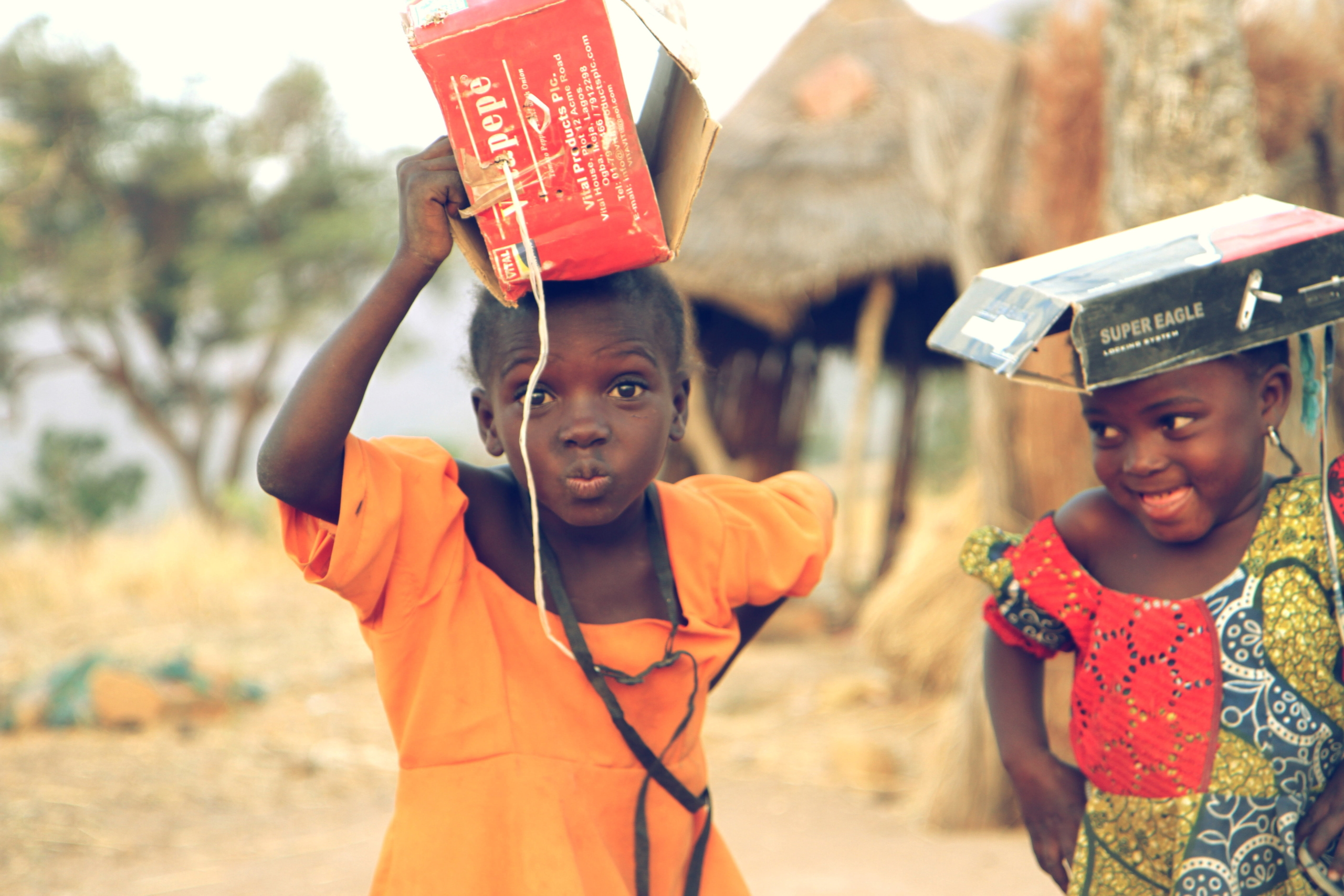 Around 129 million girls worldwide are not enrolled in school. In Togo, girls spend an average of 2-3 years in school and only 33% attend junior high school. Tuition fees, school supplies and mandated school uniforms are the largest financial barriers preventing impoverished families from sending their girls to receive an education. Studies have shown that providing free uniforms can reduce dropout rates by 16% and absences by more than 35%. In response, the nonprofit organization Style Her Empowered (SHE) has committed to offering free uniforms to support students’ educational outcomes.
Around 129 million girls worldwide are not enrolled in school. In Togo, girls spend an average of 2-3 years in school and only 33% attend junior high school. Tuition fees, school supplies and mandated school uniforms are the largest financial barriers preventing impoverished families from sending their girls to receive an education. Studies have shown that providing free uniforms can reduce dropout rates by 16% and absences by more than 35%. In response, the nonprofit organization Style Her Empowered (SHE) has committed to offering free uniforms to support students’ educational outcomes.
How SHE Began With Just a Uniform
Payton Mc Griff, the founder of SHE, was a sophomore at the University of Idaho, United States (U.S.). After reading the novel “Half the Sky,” McGriff learned the shocking truth of the daily oppression women in developing countries face. Hence, she resolved to join the effort to empower young women and break the cycle. In 2017, as part of a class project for her marketing major, she went to Nôtse, Togo, to do field research. Togo was the perfect launchpad for SHE because, though it ranks low on the Human Development Index, the government had reduced tuition rates for girls to incentivize education. Also, most entrepreneurs there are women eager to welcome new programs for girls’ education – Togo had both the need and potential for change.
While there, she saw the reality for many girls, including Elolo, whose family’s financial struggles forced her to quit school so that her brothers could continue. Every girl she interviewed agreed that a required uniform was the greatest obstacle preventing them from attending school. That was where her idea for a uniform that grows was born. With $35,000 in seed money and the help of local sewists and students, the uniform that grows was made a possibility. The dress is designed to fit a girl for up to three years, adjusting six sizes, with adjustable cords along the side and a foot of extra fabric hemmed underneath.
SHE’s Mission and Vision
Today, SHE operates in 20 rural villages in Southern Togo, including Nôtse. In these areas, girls are more likely to drop out of school, with 69% of households living below the poverty line. SHE strives to remove as many financial barriers for young girls as possible to create a world where every girl and woman can survive and flourish. The nongovernmental organization (NGO) focuses on three main areas:
Girls’ Education
SHE’s Holistic Girls’ Education Program provides every student with:
- SHE uniform that grows
- Full-tuition scholarship
- A year’s worth of school supplies
- Year-round tutoring from SHE’s local team
- Reusable menstrual health kit
- Durable, waterproof backpack
The program serves 1,500 girls annually from kindergarten to high school and has helped 6,095 girls since 2017. In 2023, SHE’s students achieved the highest success rates in the NGO’s history, with a 99.1% student pass rate, 40% higher than the national average in 2022.
Women’s Employment
Togo has one of the highest rates of gender inequality in the world and only 20% of Togolese women have completed primary school, leaving 1.6 million women without an education. Seamstress training is one of the most popular careers for women in Togo. However, there are no opportunities for support or growth and laborers are often exploited.
SHE’s Paid-To-Learn Employment Model creates dignified jobs for women employed in Togo. SHE guarantees its 33 Togolese women employees:
- Salaries 75% above Togo’s minimum wage
- 10% of the work week devoted to adult learning programs
- Unlimited paid sick leave, social security benefits, national health care and retirement enrollment
- Three months of fully paid maternity leave
- Free child care
- No more than 40 hour work weeks
Sustainability
Alongside the growing uniform, SHE has developed more sustainable products that help girls, women and the planet. These include:
- Reusable Menstrual Pads: Period poverty prevents millions of girls from attending school. Only 35% of girls in Togo continue beyond elementary education, most dropping out when they reach puberty. Hence, 100% of fabric scraps from SHE factories are recycled into reusable menstrual pads crafted by SHE sewists for students who were previously forced to miss school during their period due to a lack of sanitary supplies. In 2021, SHE produced more than 5,000 reusable menstrual pads.
- Recycled Plastic Backpacks: SHE’s latest development in 2022 includes the collection of single-use plastic bags fused to make durable, waterproof backpacks for girls, provided through its education program.
Final Remark
SHE demonstrates how effective grassroots organizations are at improving people’s lives in developing countries. The female-founded and female-led charity is an inspiring testament to women coming together to uplift and empower one another.
– Fatima Naqavi
Fatima is from London, UK and focuses on Good News for The Borgen Project.
Photo: PickPik
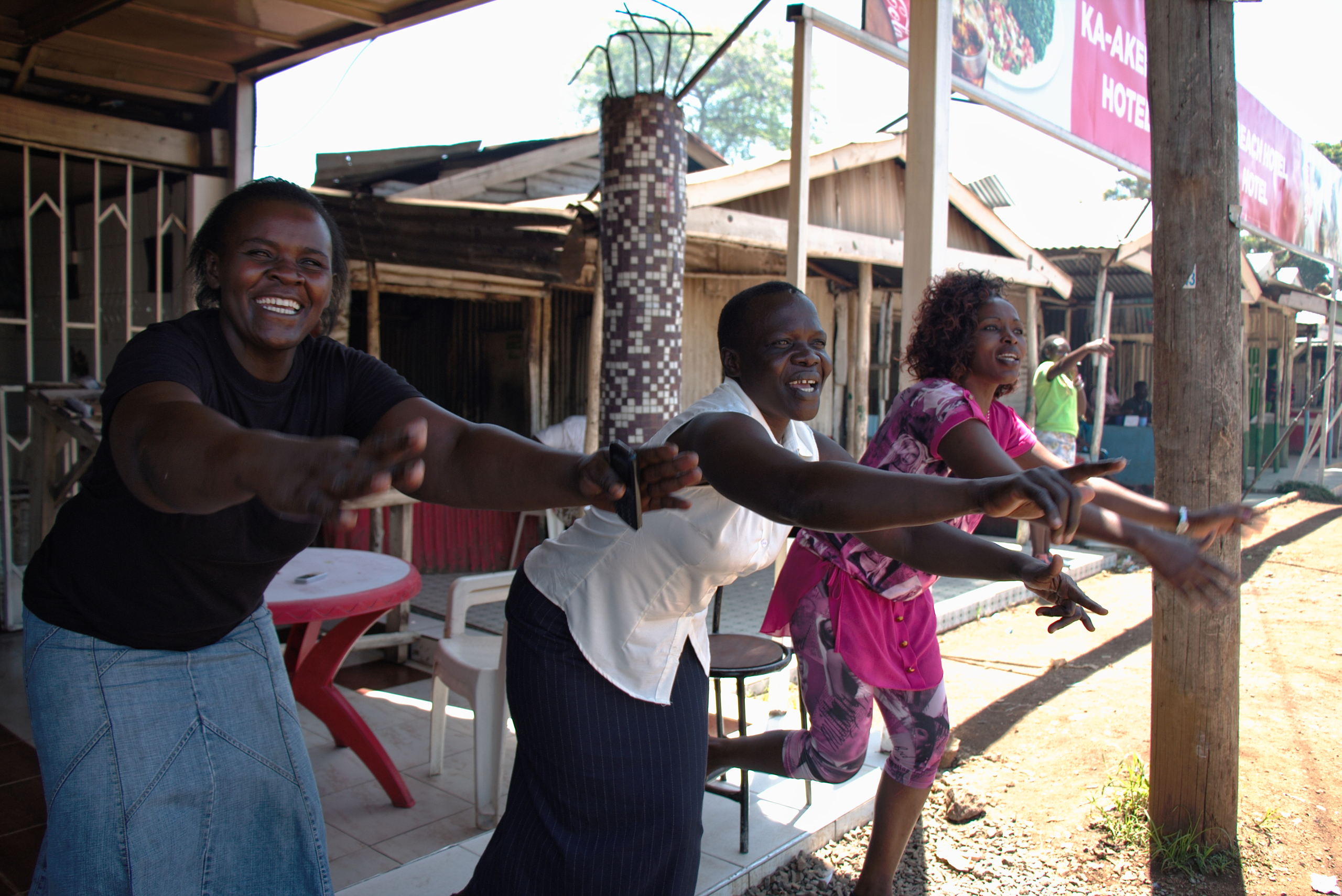
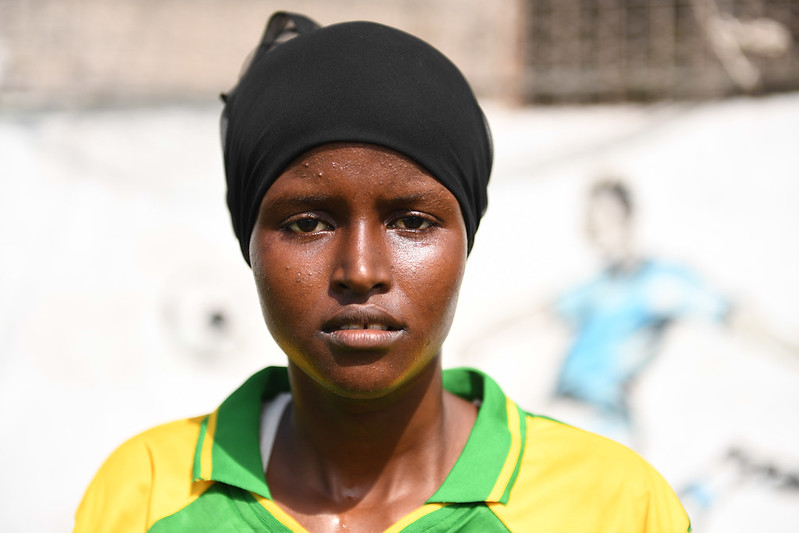
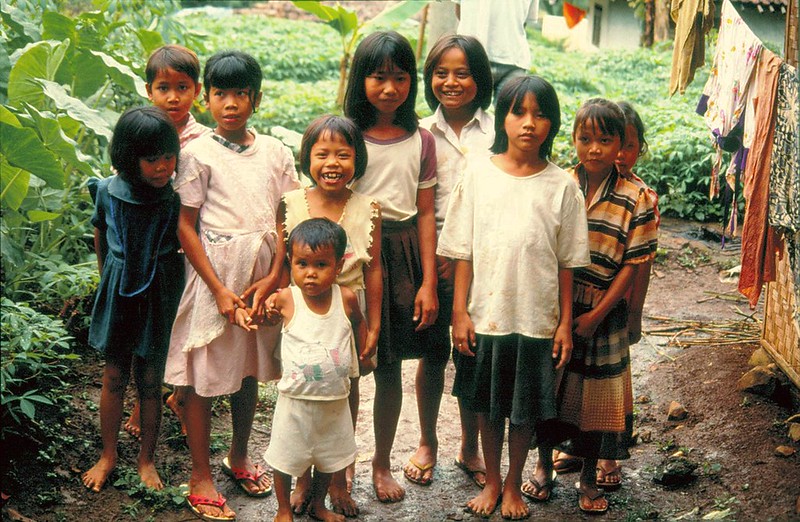
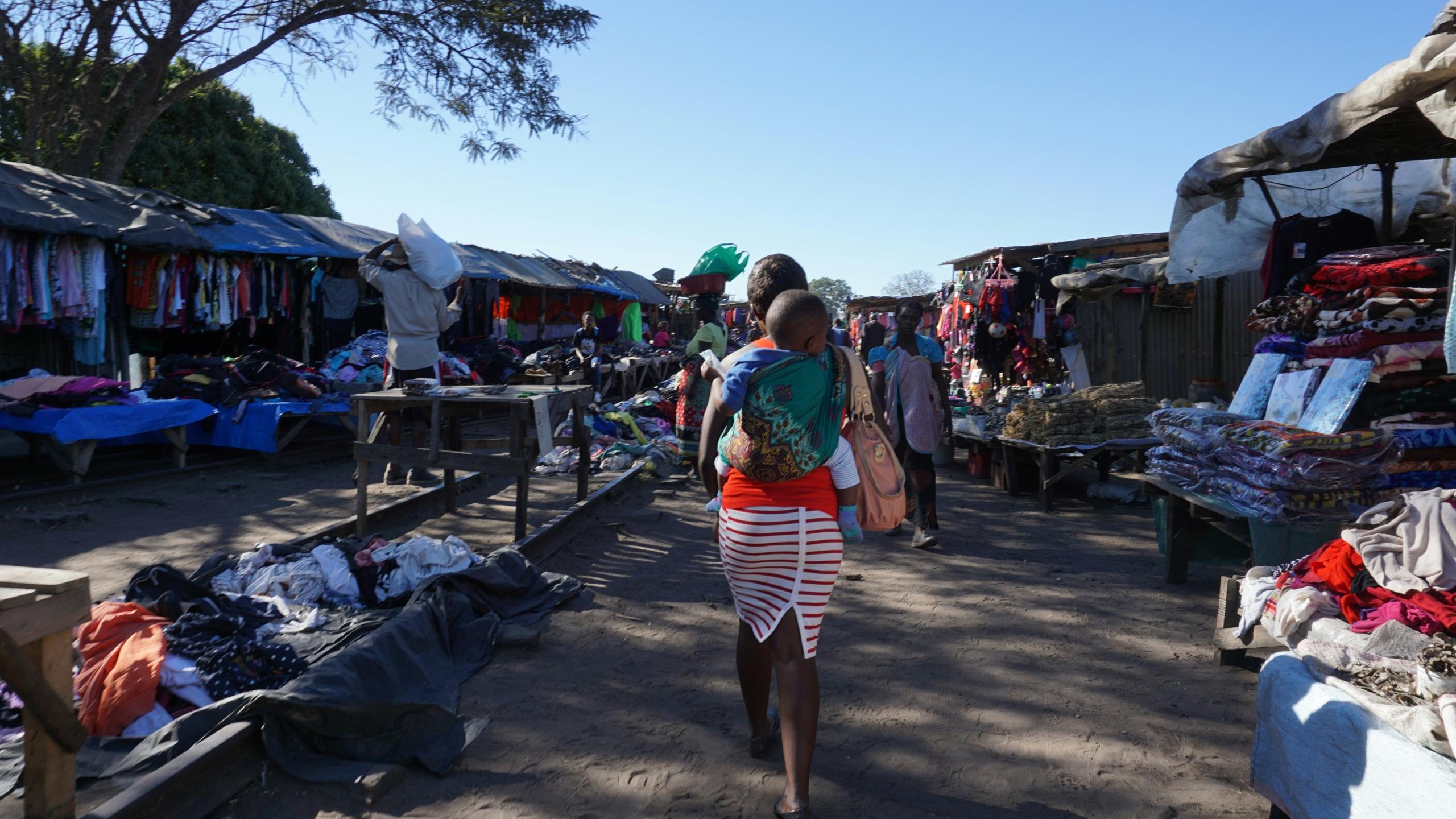 The variation in pay between men and women, also known as the gender wage gap, is a prominent focus of the fight against poverty. According to the
The variation in pay between men and women, also known as the gender wage gap, is a prominent focus of the fight against poverty. According to the 